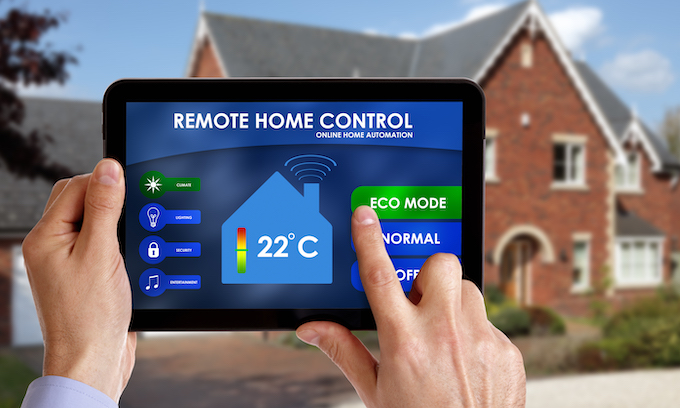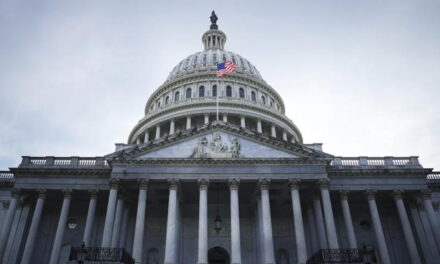(The Center Square) – Americans are struggling with higher gas and energy prices around the country with some states faring worse than others, a new report from the American Legislative Exchange Council shows.
The report says “when the government inserts itself into the energy markets, taxpayers foot the bill,” adding that “inefficient government mandates driven by political interests often pick winners and losers in individual energy markets, causing, at best, skyrocketing costs through poor investment decisions.”
According to the report, Louisiana has the lowest electricity prices nationwide followed by Oklahoma, Iowa, Washington and Wyoming. The highest prices are in Hawaii, followed by Alaska, Connecticut, Rhode Island and Maine.
“Some states rely on free market principles and innovation to limit manmade emissions into the atmosphere, while others use a more heavy-handed approach by implementing of standards, enacting mandates and pricing schemes that benefit specific types of technologies,” the report said.
Part of Hawaii’s and Alaska’s higher prices are from the difficulty to get energy to those non-contiguous states. But other high-price states have aggressive climate policies.
“They are very high priced markets with a lot of government intervention, so that was perhaps unsurprising,” said Joe Trotter, who authored the report.
The report evaluated “the presence or absence of a Renewable Portfolio Standard (RPS), which dictates that a certain amount of a state’s electricity generation comes from renewable sources, as well as whether the state is a part of the Regional Greenhouse Gas Initiative (RGGI), which is a CO2 cap-and-trade program among 10 states in the Mid-Atlantic and Northeast regions of the U.S. (or if they are a part of another cap-and-trade program, e.g., California). Finally, we took a look at whether or not a state has state-mandated rules for utilities regarding net metering, which is a process in which utility companies pay consumers who own rooftop solar panels for any excess electricity generation that these panels push back onto the electric grid.
“The trend of government mandates being associated with higher prices is evident throughout this report,” the report added.
The disruption to global oil markets from the Russian invasion of Ukraine has brought renewed attention to domestic energy production and U.S. reliance on foreign energy sources.
Gas prices hit record highs earlier this year, topping a national average of $5 per gallon in June. Prices steadily dropped since then until last week, when they began inching up again. According to AAA, the national average gas price is $3.78 per gallon of regular gas, up from $3.68 a week ago.
But some states are paying much higher prices than others. According to the ALEC report, California has the highest gas prices, followed by Hawaii, Nevada, Alaska and Washington. The lowest gas prices are in Missouri, followed by Oklahoma, Kansas, Arkansas and Maryland.
“Now more than ever, Americans realize the need to have affordable and dependable sources of energy,” ALEC Executive Vice President of Policy and Chief Economist Jonathan Williams said. “Our new report highlights some of the key policy choices state policymakers face as they work to make their states more affordable for hardworking taxpayers and more competitive for job creators.”
Trotter added that the states with lower gas taxes generally have lower gas prices overall.
Energy costs will be a particular focus heading into winter, when heating costs rise for Americans.
“As Americans head into winter, many are worried about the cost of heating their homes,” ALEC CEO Lisa B. Nelson said. “This report is an ideal tool for policy makers looking for ways to help bring more affordable energy to their states.”



















“Now more than ever, Americans realize the need to have affordable and dependable sources of energy,”
We the U.S.A. was energy independent under President Donald Trump and had affordable and dependable sources of energy.
Then the corrupt, demented, puppet president Joe Biden was manipulated into the White House. During the last 18 months, the deliberate, destructive and treasonous policies and agendas orchestrate and fabricated by the socialist Democrat Party and implemented by their puppet president Biden has severely damaged our energy supply, the U.S. economy and our credibility around the world. 🙁 🙁 🙁
DUH. It didn’t take a rocket scientist to figure this out!